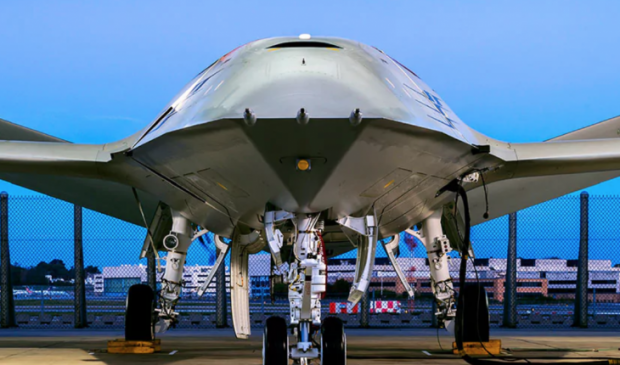
Breaking News
 Pan American Silver Corp. (PAAS)
Pan American Silver Corp. (PAAS)
 Hackers Threaten to Expose Pornhub Users Unless Bitcoin Ransom Is Paid
Hackers Threaten to Expose Pornhub Users Unless Bitcoin Ransom Is Paid
 The Return of Control: From Lockdowns to Censorship to War - SF663
The Return of Control: From Lockdowns to Censorship to War - SF663
Top Tech News
 This tiny dev board is packed with features for ambitious makers
This tiny dev board is packed with features for ambitious makers
 Scientists Discover Gel to Regrow Tooth Enamel
Scientists Discover Gel to Regrow Tooth Enamel
 Vitamin C and Dandelion Root Killing Cancer Cells -- as Former CDC Director Calls for COVID-19...
Vitamin C and Dandelion Root Killing Cancer Cells -- as Former CDC Director Calls for COVID-19...
 Galactic Brain: US firm plans space-based data centers, power grid to challenge China
Galactic Brain: US firm plans space-based data centers, power grid to challenge China
 A microbial cleanup for glyphosate just earned a patent. Here's why that matters
A microbial cleanup for glyphosate just earned a patent. Here's why that matters
 Japan Breaks Internet Speed Record with 5 Million Times Faster Data Transfer
Japan Breaks Internet Speed Record with 5 Million Times Faster Data Transfer
 Advanced Propulsion Resources Part 1 of 2
Advanced Propulsion Resources Part 1 of 2
 PulsarFusion a forward-thinking UK aerospace company, is pushing the boundaries of space travel...
PulsarFusion a forward-thinking UK aerospace company, is pushing the boundaries of space travel...
 Dinky little laser box throws big-screen entertainment from inches away
Dinky little laser box throws big-screen entertainment from inches away
 'World's first' sodium-ion flashlight shines bright even at -40 ºF
'World's first' sodium-ion flashlight shines bright even at -40 ºF
Boeing reveals MQ-25 refueling drone for the US Navy

Refueling drones would extend the combat range of deployed Boeing F/A-18 Super Hornet, Boeing EA-18G Growler, and Lockheed Martin F-35C fighters. The MQ-25 will also have to seamlessly integrate with a carrier's catapult and launch and recovery systems.
US Navy fighters currently have an unrefueled range of 500 to 600 miles.
The goal was for each MQ-25 to be able to dispense more than approximately 2,200 gallons, or nearly 15,000 pounds, of fuel 500 miles from the carrier.
One refueling would extend the operating range beyond 700 miles.
The drone would free up 20-30% of the F18 that currently must perform refueling.
Lockheed Martin and General Atomics are also expected to have competing refueling drones.

 Time and Pressure
Time and Pressure

